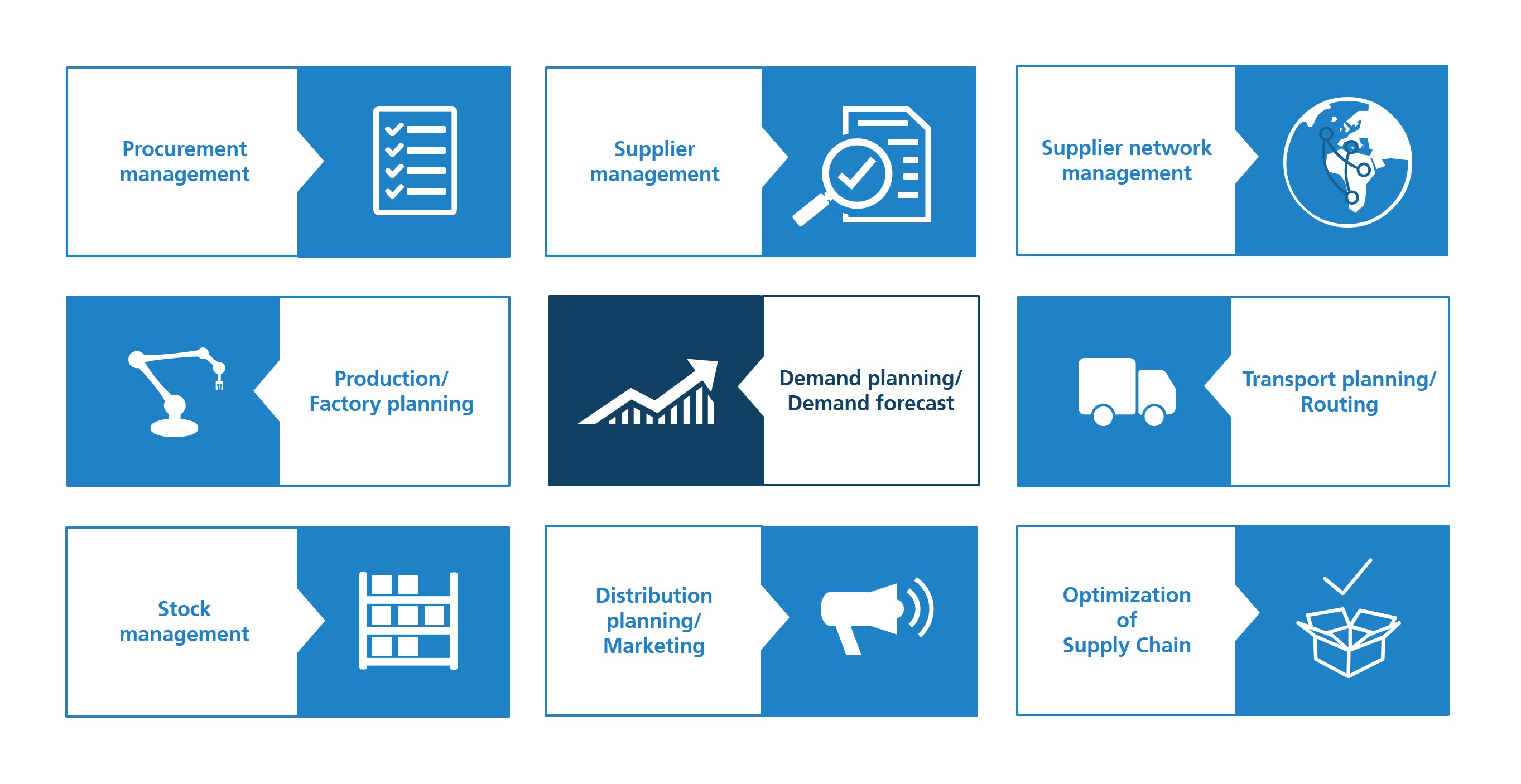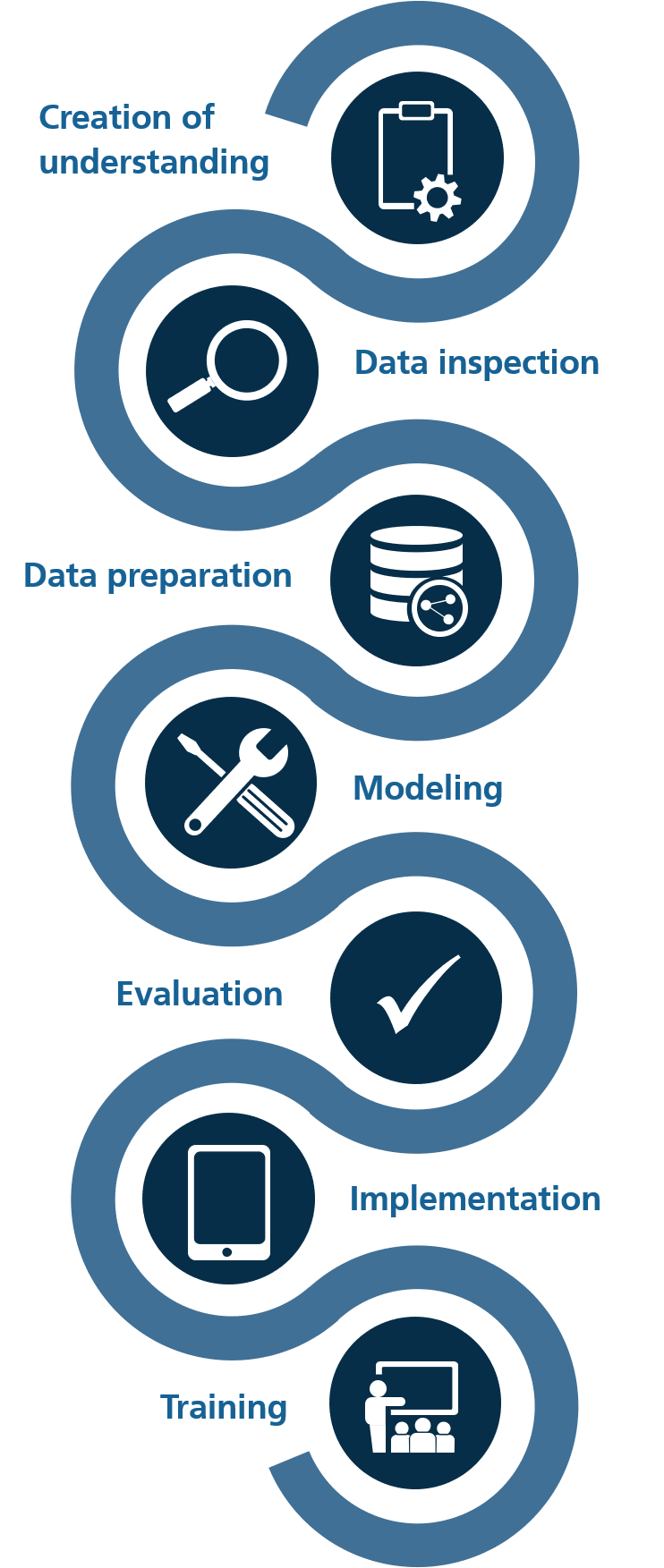Potentials and Advantages of Machine Learning
Because of progressing digitization of supply chains, more and more data, which can be evaluated beneficially, is being generated and can lead to valuable findings. In this context the term artificial intelligence (AI) is also often used. As a part of AI, machine learning (ML) used within supply chain management offers high potentials and many advantages.
 Fraunhofer Institute for Material Flow and Logistics IML
Fraunhofer Institute for Material Flow and Logistics IML











